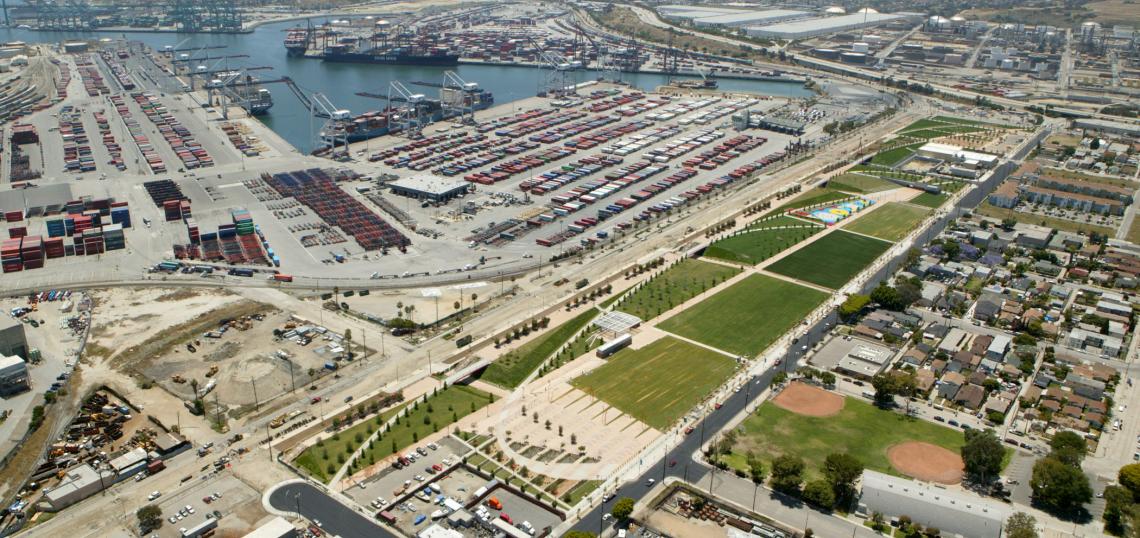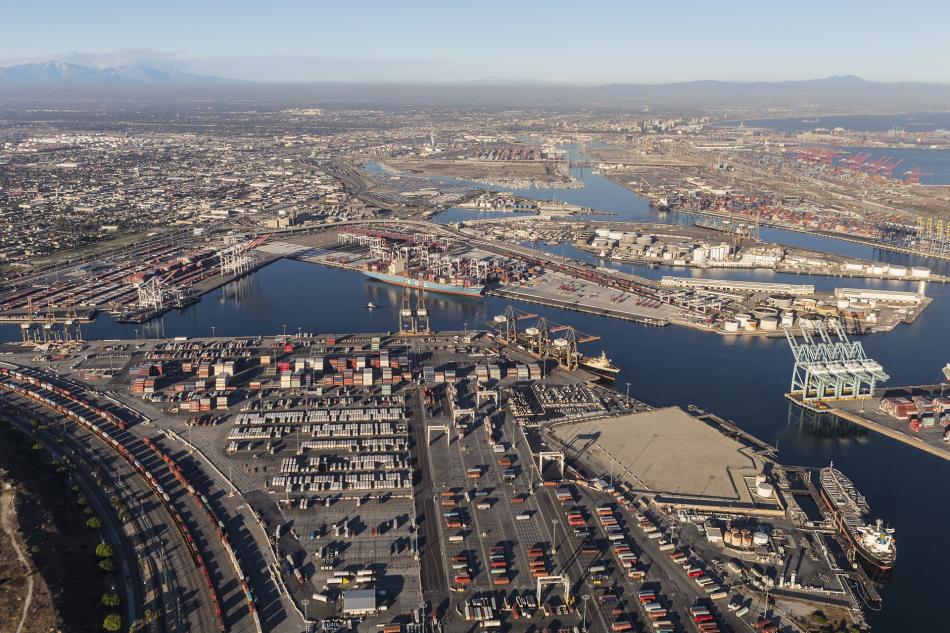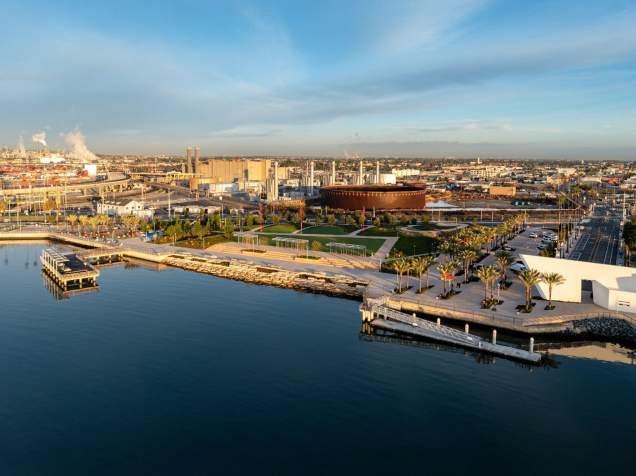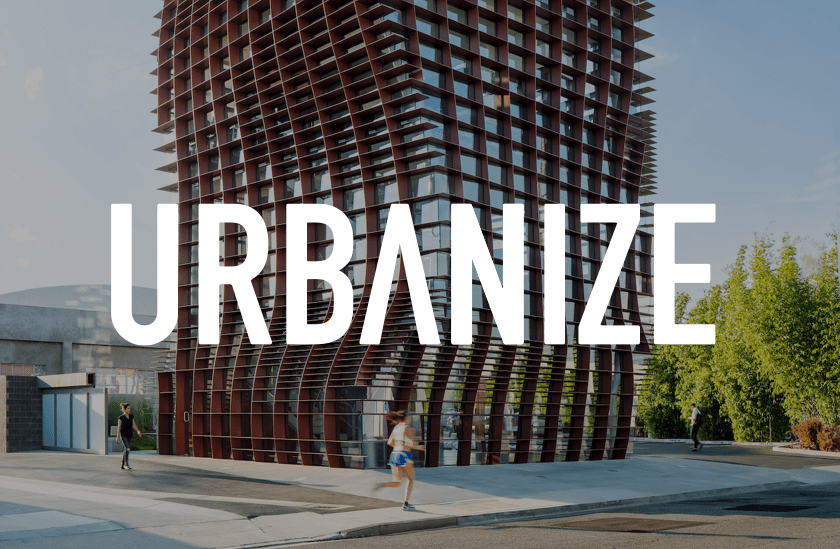The Los Angeles City Council voted earlier this month to adopt the Harbor LA Community Plan update, setting the stage for new zoning rules in the Wilmington and Harbor Gateway areas.
The plan area includes approximately 8,300 acres of land area, extending from the Wilmington neighborhood abutting the Port of Los Angeles northward along a to South Los Angeles. The surroundings include unincorporated communities under Los Angeles County land use authority, as well as the cities of Carson, Torrance, Gardena, Long Beach, and Lomita.
An environmental study circulated for the new plans indicates that the update leave land use regulations largely intact for approximately 75 percent of the plan area. Changes will instead be focused on the transition areas between the existing industrial zones surrounding the port and adjacent residential neighborhoods.
The community plan is expected to accommodate up to 38,000 new residents, just under 11,000 new homes, and nearly 38,000 new jobs through the year 2040. Those number should provide more capacity than is needed based on growth projections for the area. The Southern California Association of Governments have previously anticipated just 1,600 new residents through 2040 and 10,000 new jobs.
New development is to be concentrated onto commercial corridors - including Carson Boulevard, Gardena Boulevard, 190th Street, Pacific Coast Highway, and Avalon Boulevard - where limits on allowable height, floor area, and density are being relaxed. Mixed-use buildings up to three stories in height are envisioned on narrower corridors, while taller developments up to seven stories in height could be built near transportation hubs such as the Harbor Gateway Transit Center and the upcoming Vermont Avenue bus rapid transit line.
Similar to the recent DTLA 2040 plan, Harbor plans will introduce the city's new zoning code - including form, frontage, and use districts intended to shape the scale of new development - and a tailored base-bonus program in the vein of the Transit Oriented Communities guidelines, which would offer development incentives in exchange for affordable housing priced at levels considered affordable to residents of the Harbor area.
Follow us on social media:
Twitter / Facebook / LinkedIn / Threads / Instagram / Bluesky
- Harbor LA Community Plans (Urbanize LA)








